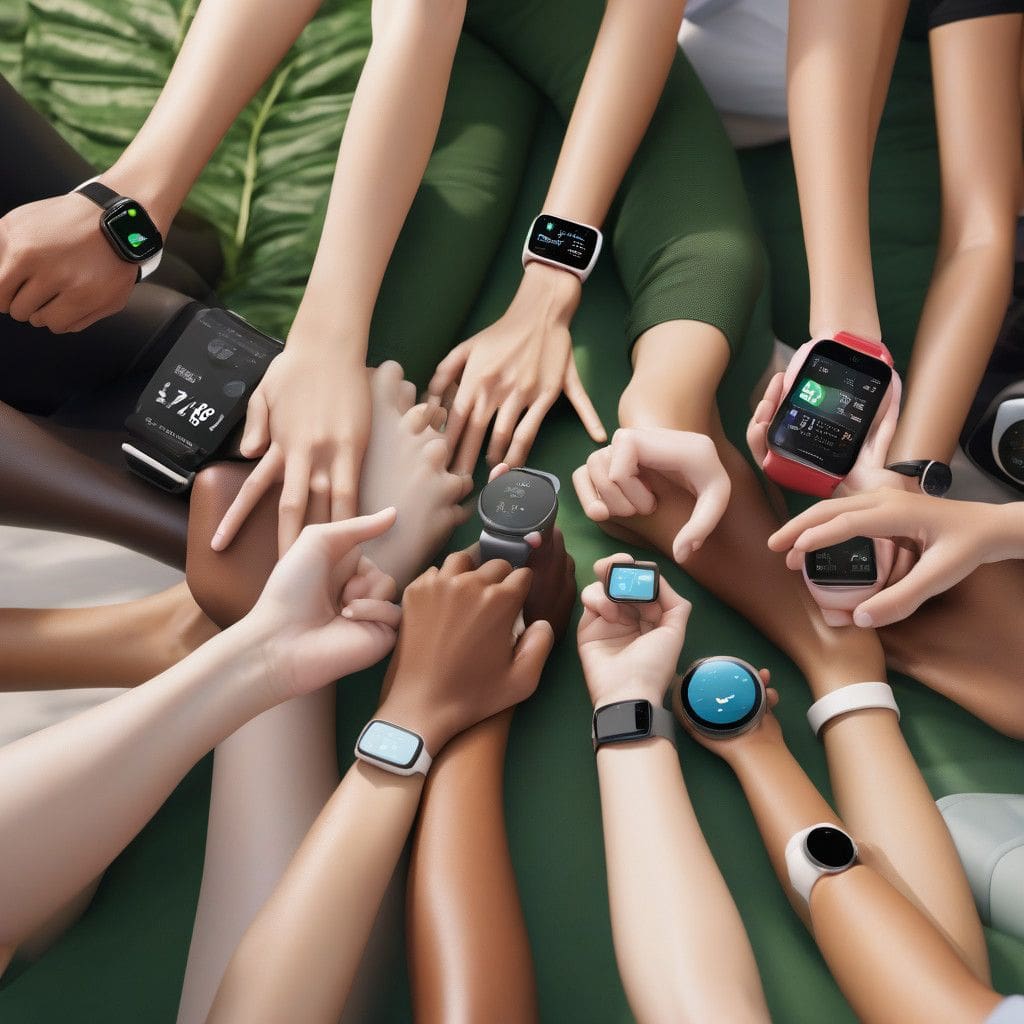Smartwatches are revolutionizing the sphere of preventative healthcare by providing continuous and detailed insights into a user’s physiological data. This technology, once regarded primarily for fitness tracking, is now emerging as a pivotal tool in early detection and continuous health monitoring. One compelling case study comes from the CHUV University Hospital, where Chief Anaesthesiologist Patrick Schoettker is employing the Masimo W1 smartwatch to monitor patients prior to surgical procedures. This device collects real-time health metrics—such as heart rate, oxygen saturation, and hydration levels—to create a “digital twin” of each patient, which can help mitigate risks and enhance outcome predictions before operations.
The implications of such technology in surgical settings are profound. By synthesizing data collected from smartwatches, medical professionals can anticipate complications that might arise during surgery. This proactive approach not only aims to reduce surgery-related complications but also intends to enhance overall patient safety. For instance, the data can trigger alerts for abnormal vital signs that might indicate potential issues, allowing healthcare providers to act swiftly and effectively.
The benefits of smartwatches extend far beyond the operating room. In cardiology, leading experts such as Dr. Gosia Wamil at Mayo Clinic Healthcare are utilizing smartwatch data to identify irregular heart rhythms and other cardiac conditions at an earlier stage, allowing for timely medical interventions. Recent advancements in artificial intelligence have enabled algorithms to analyze this wearable data, facilitating the prediction of serious heart risks, including low ejection fraction, which serves as an early warning sign of heart failure.
Consider the case of diabetes management, where wearable technology plays a transformative role. Patients with chronic conditions can benefit significantly from constant monitoring. Healthcare providers can track key indicators and mitigate risk factors for complications such as heart attacks or strokes. The ability to provide real-time feedback and alerts empowers both patients and caregivers to take preventive action, improving health outcomes.
Moreover, the potential of smartwatches is not limited to cardiovascular health. Emerging research suggests that these devices can serve as critical tools in detecting neurological disorders. Studies indicate that smartwatches may be capable of identifying early symptoms of Parkinson’s disease years before they become apparent to the patient. Additionally, researchers are exploring the feasibility of using smartwatch data to predict seizures in epilepsy patients, potentially improving their quality of life and safety.
As smartwatches become increasingly sophisticated, their ability to monitor a diverse array of health metrics will likely reshape the landscape of preventative healthcare. Despite concerns about false positives, experts assert that the advantages—early detection, enhanced patient engagement, and reduced healthcare costs—substantially outweigh these challenges.
The integration of smartwatches into everyday health monitoring signifies a paradigm shift from reactive to proactive healthcare. This transition is supported by the wearable technology ecosystem, which ensures that users receive timely and relevant health insights directly on their wrists. Combining data collection with user-friendly applications facilitates continuous engagement in self-care and health management, fundamentally altering how individuals approach their well-being.
In conclusion, the ongoing evolution of smartwatch technology heralds a new era in health monitoring and preventative care. As these devices gain prominence in clinical and personal health management, their potential to improve patient outcomes becomes increasingly evident. By harnessing real-time data and advanced algorithms, smartwatches not only empower individuals to take charge of their health but also support healthcare professionals in delivering timely and targeted interventions.
This integration of technology into healthcare promises not just to improve health metrics but to reshape the very foundation of medical practice itself.












